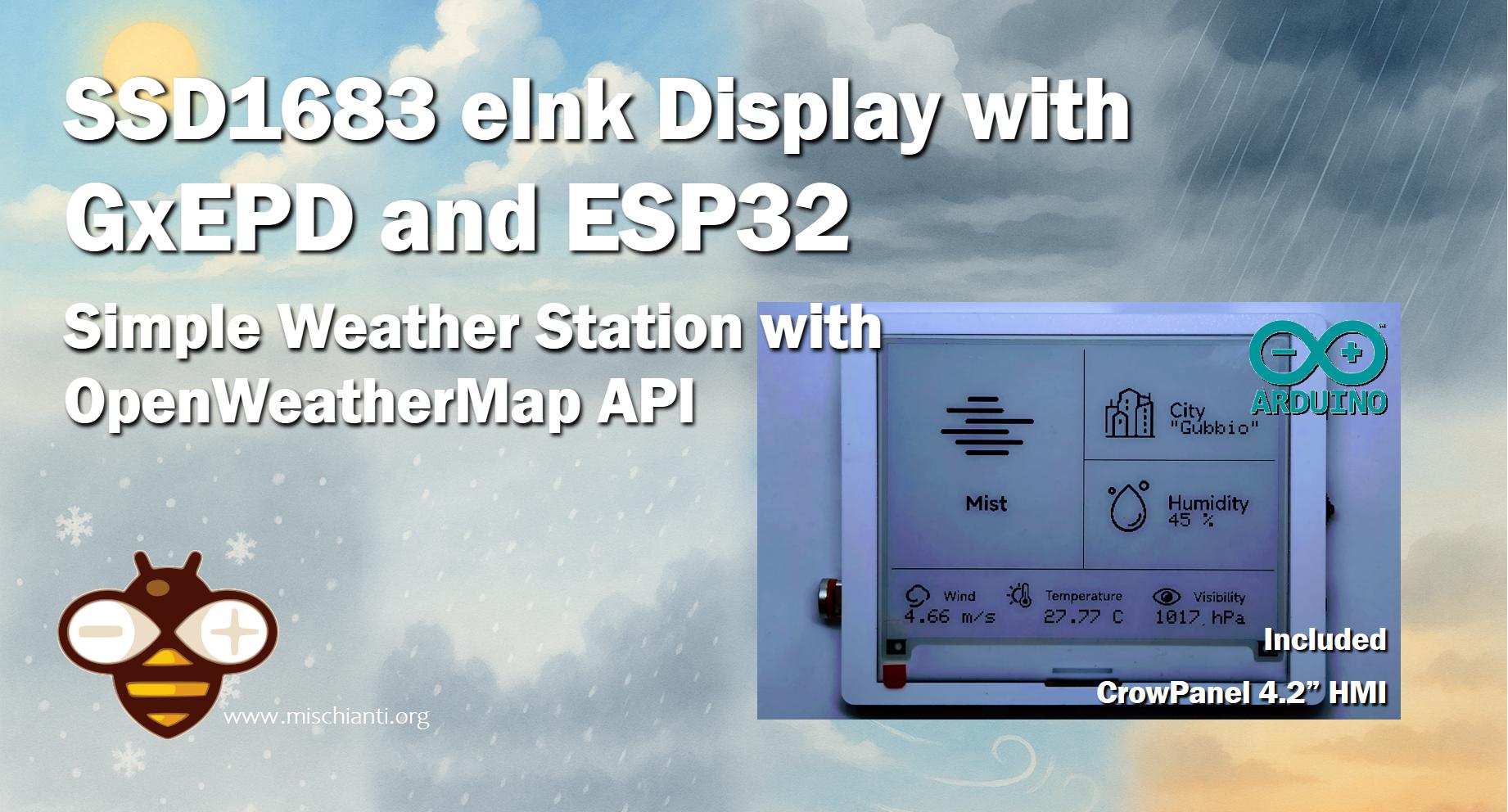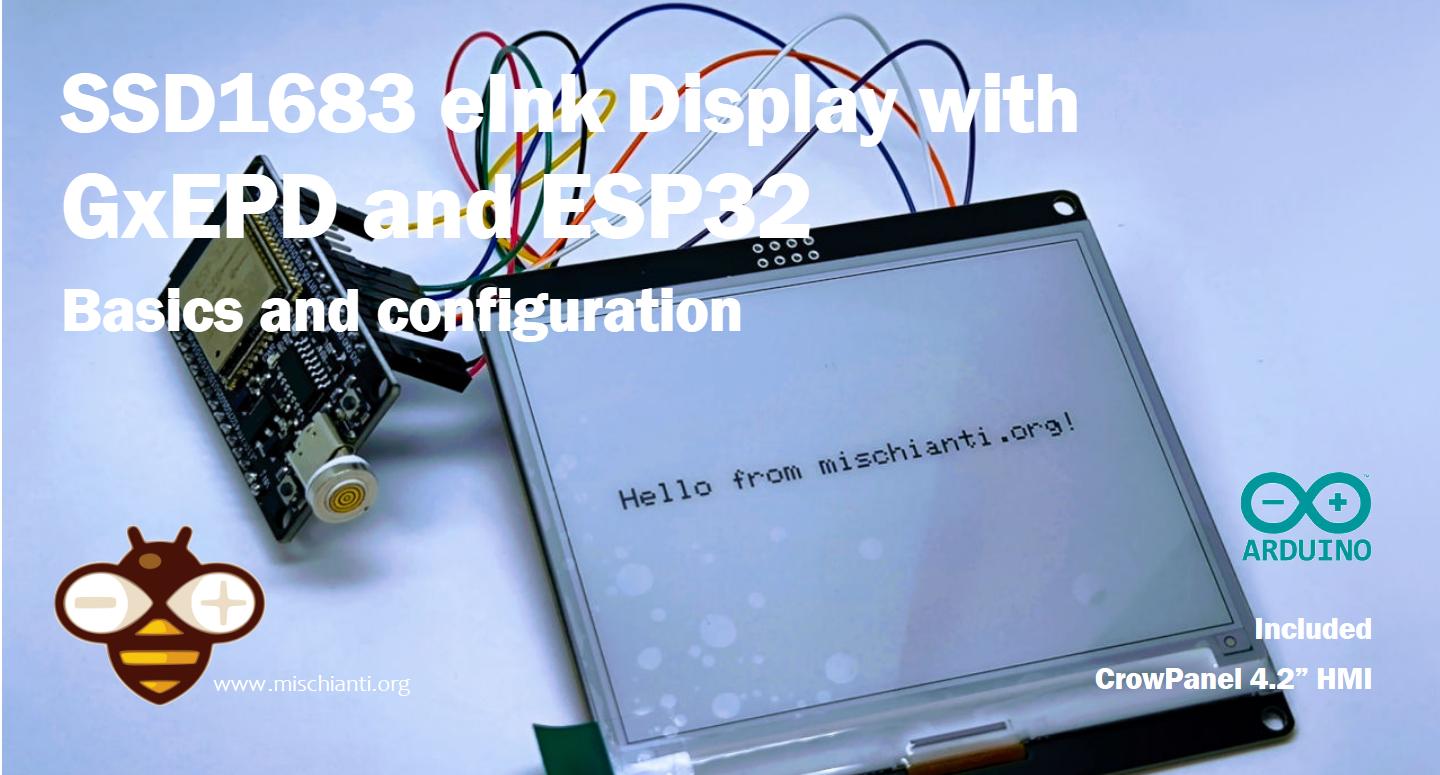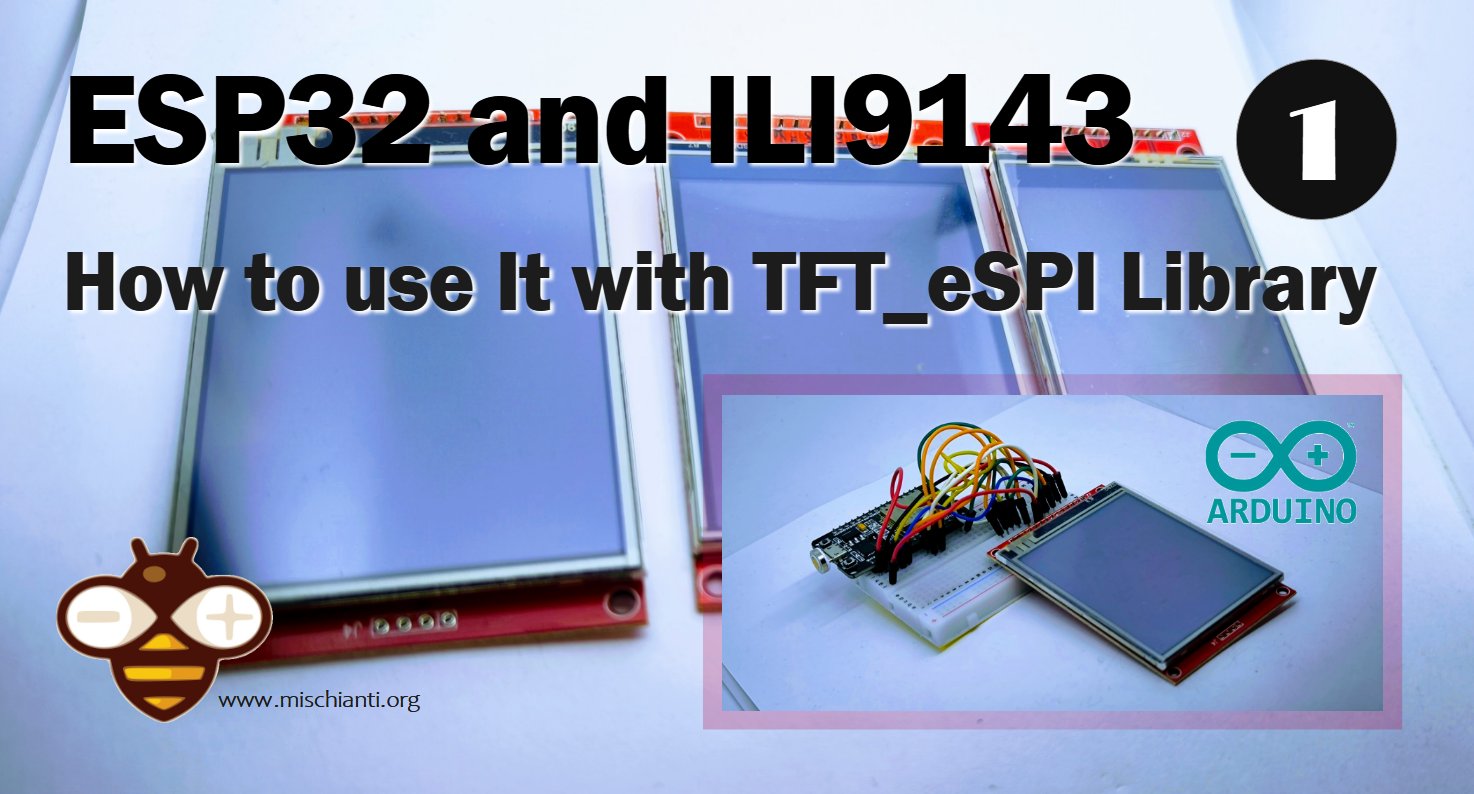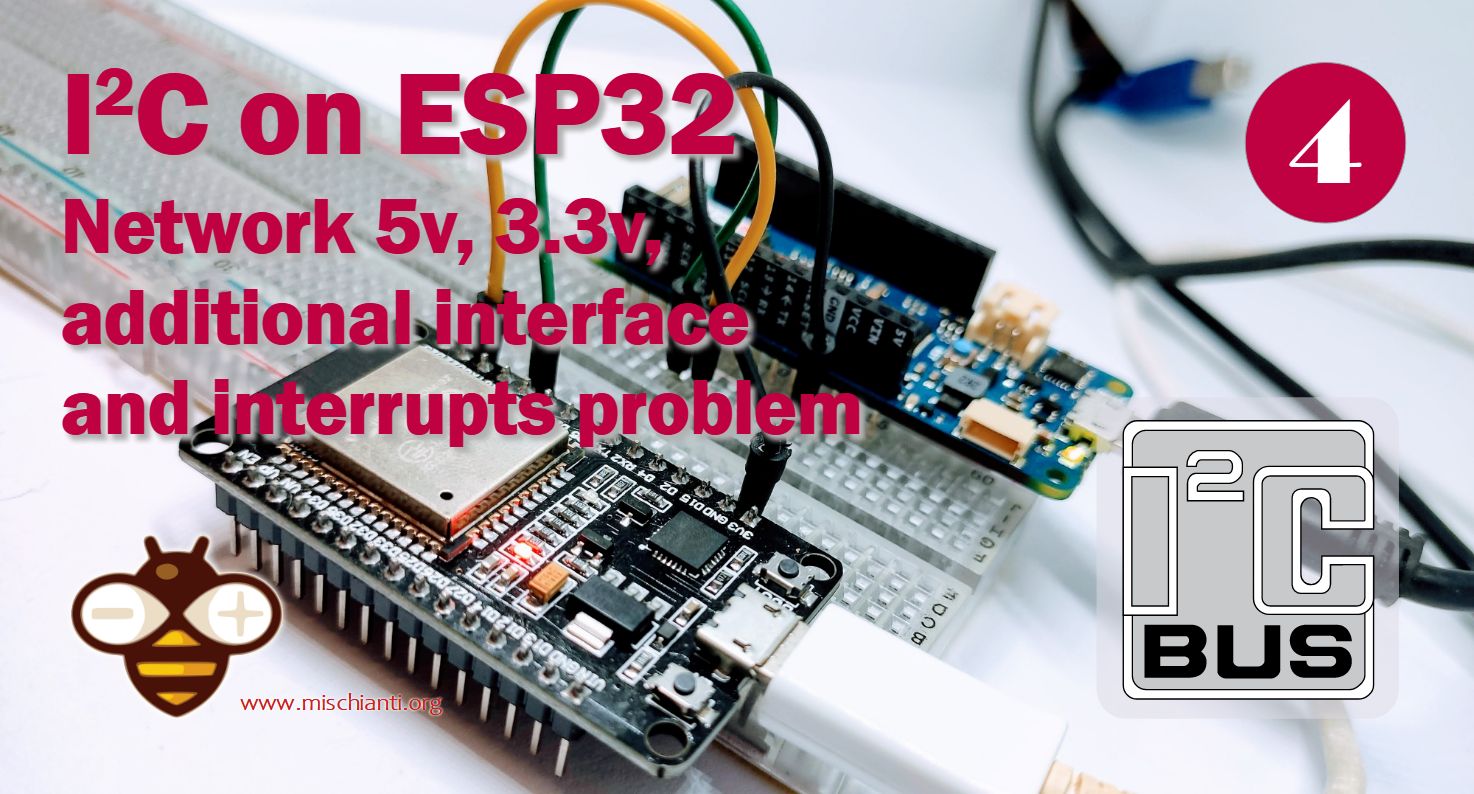Turn Cheap Chinese X99 into a Beast: BIOS Unlock, Turbo Boost & Unbrick Guide
Chinese X99 motherboards (Huananzhi, Machinist, Kllisre, Atermiter) offer incredible value for money, especially when paired with Intel Xeon E5 V3 processors. However, to unleash their full potential, specifically the All-Core Turbo Boost Unlock, you often need to modify and flash the BIOS.




















